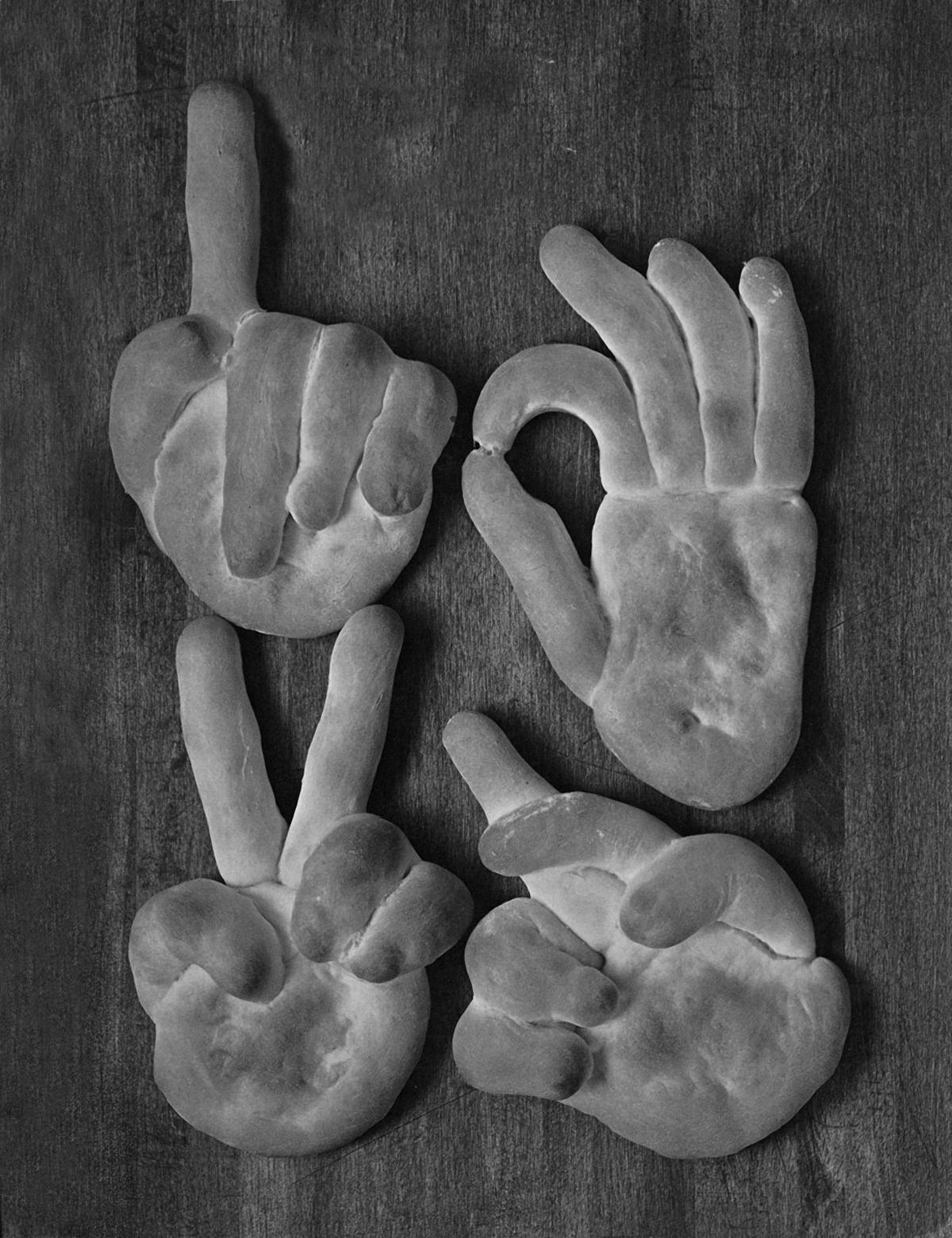The title of the exhibition is a nod towards Stephen Wright’s concepts of usership. Making use, as referenced here, is something different from regular usage. Firstly, as Wright stresses, usership is always a shared activity. Making use is in fact an exercise in exact opposite to the rights of property. It consists in generating situations that enable usership not just by a single person, but by a whole groups of users. Secondly, making use of an artistic competence has little to do with socially useful art. This is because usership is only seemingly utilitarian, which means that as a result of making use, the utility-measuring systems of value are revised. In other words, in the process of making use, the commonly accepted criteria of the usefulness of some objects, or the effectiveness of actions, is questioned. In the case of art, usership consists of an aesthetic sensibility or an artistic tactic, which remains of little use if their effectiveness is measured against the customary criteria of politics, economics, or social work. Making use of art does not mean that art begins to function in compliance with the rules typical for those areas, that is, becoming a better (or worse) way to gain power or maximise profits. Instead, making use of art means that the play of imagination is carried out in a 1:1 scale, i.e., it is applied to a social reality, which as consequence begins to function according to slightly different, aesthetically transformed principles. Hence, making use of artistic competence is not a method of instrumentalizing art. Instead, it is a resistance to the retention of art in the sphere of aesthetic contemplation, restrained by the hermetic conceptual edifices of modernist elitism. In this sense, a museum can also be made use of by hands-on experiments with the various possibilities brought about by its transformation into a museum 3.0.
MAKING USE. LIFE IN POSTARTISTIC TIMES
IS AN
EXHIBITION
AND
PUBLIC PROGRAM
FEATURING MORE THAN ONE HUNDRED
PARTICIPANTS

